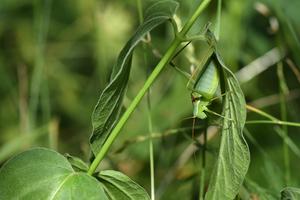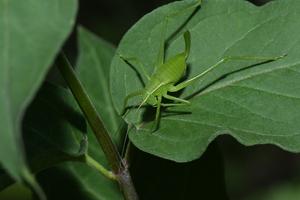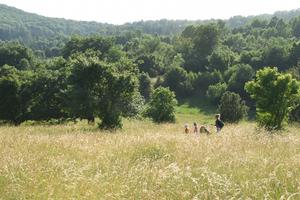The Slovenský Kras mountain range in south-eastern Slovakia is not just one of the country’s most eye-catching locations, it is also home to an animal that lives nowhere else on the planet.
After its discovery in 1951 by Czech entomologist Jozef Mařan, the Bei-Bienko’s Plump Bush-cricket (Isophya beybienkoi), endemic to Slovakia, seemed to almost disappear. Living in almost inaccessible areas of the karst, there is very little information available on the critically endangered species, and it is only recently that scientists have begun researching it again.
One of them is ecologist Soňa Nuhlíčková from the Department of Ecology of Comenius University in Bratislava. She has co-authored a paper on its movement patterns, providing key information to help in developing conservation strategies for it.
She talked to The Slovak Spectator about the bush cricket, the challenges of researching it, and why it is in Slovakia's best interest to do as much as possible to save it.
To stay up to date with what scientists in Slovakia or Slovak scientists around the world are doing, subscribe to the Slovak Science newsletter, which will be sent to readers free of charge four times a year.
Difficult research
If you wanted to visit the karst plains and plateaus of Slovenský Kras in hope of seeing the unique bush cricket, you would have a hard time spotting it. Even scientists admit it is difficult to find one.
One of the biggest challenges of researching it is the time-consuming on-site monitoring required. There are also specific safety considerations as the cricket’s habitat is in remote, difficult to access and often steep areas which can be only reached on foot.






